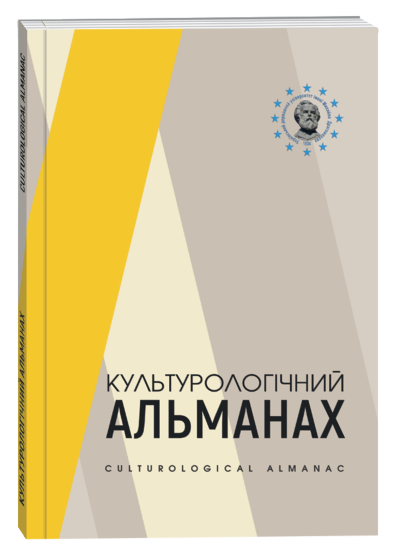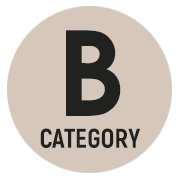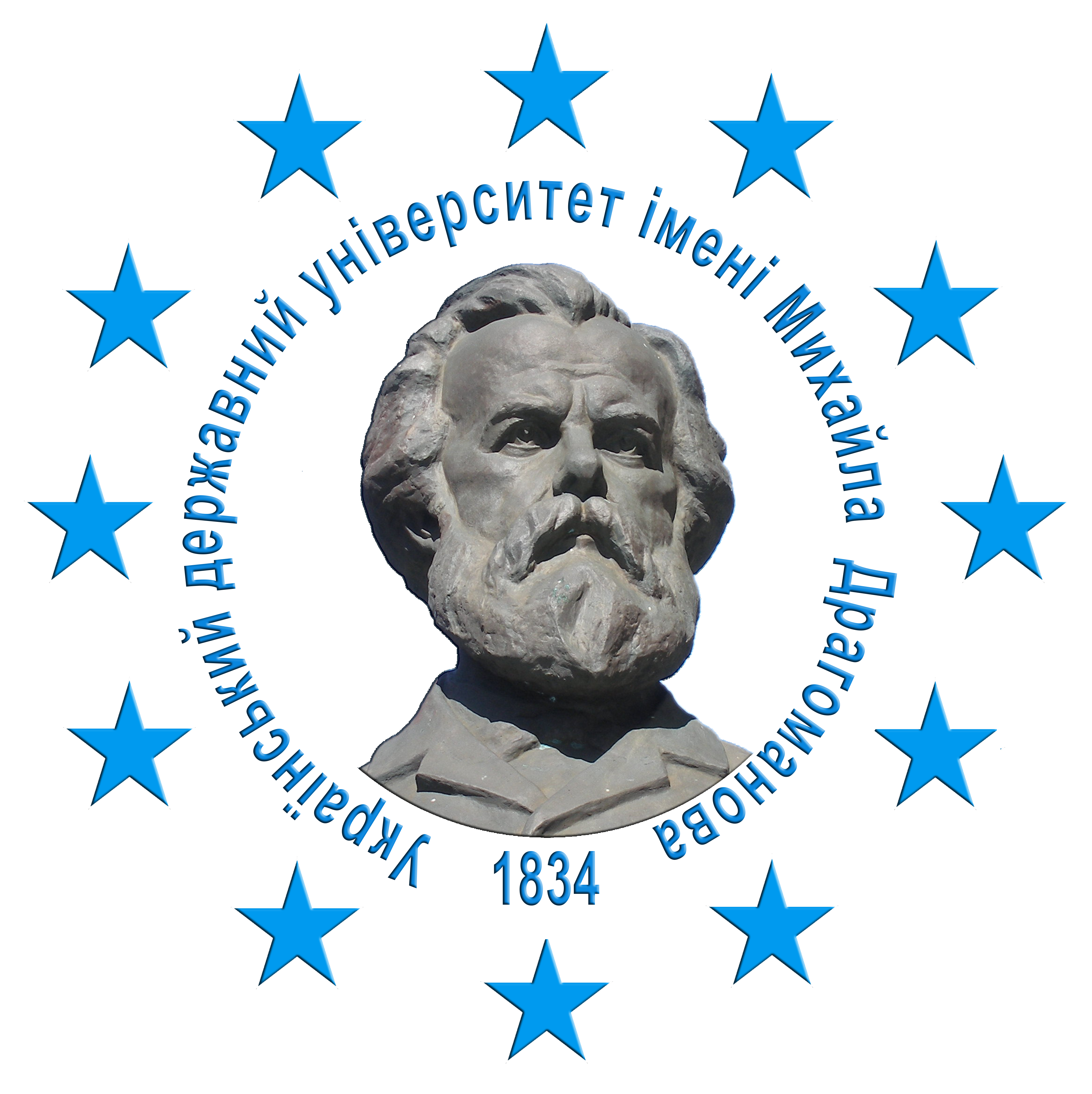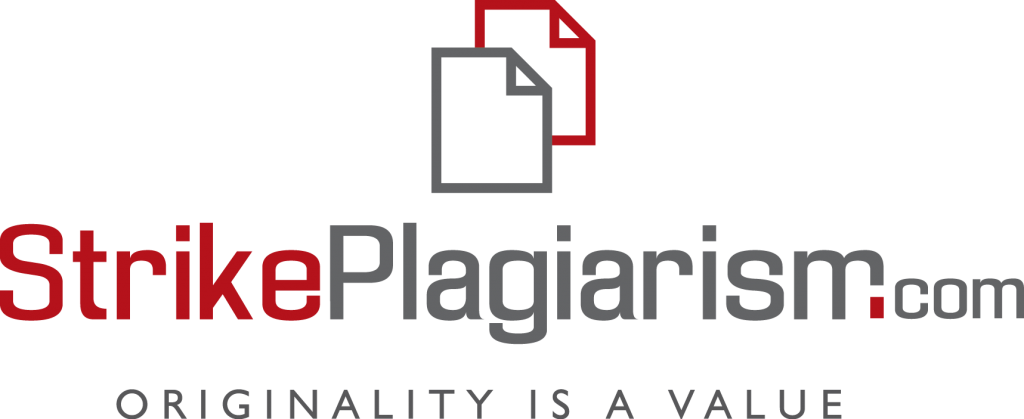SCIENCE MUSEUM AS A NETWORK: THE ROLE OF INTERPRETERS THROUGH THE PRISM OF BRUNO LATURA’S ACTOR-NETWORK THEORY
DOI:
https://doi.org/10.31392/cult.alm.2025.2.26Keywords:
interpreter, science museum, network, visitors, exhibits, actor-network theory, knowledge, transformationAbstract
The role of science museum interpreters from the perspective of the actor-network theory developed by French researcher Bruno Latour is explored in this article. The authors analyze how the activities of interpreters contribute to the formation and support of a dynamic network of interactions in science museums, which, in turn, facilitates the dissemination of scientific knowledge and the shaping of a scientific worldview among visitors. The concept of the “interpreter” and their practical activities, comparing global experience with domestic practice, are also examined in the article.Using an actor-network approach, the authors demonstrate that interpreters are not merely transmitters of information and knowledge but they are active actors shaping a network of interactions between exhibits, technological tools, and visitors. Through specific examples, the article highlights how the role of interpreters has transformed – from traditional knowledge transmission to stimulating dialogue and discussions about science.Particular attention is paid to the model of the science museum of the American physicist Frank Oppenheimer, which became the key to the formation of the philosophical and pedagogical approach of their activities and the choice of forms of work of interpreters on both the American and European continents.The authors also examine the impact of interpreters on the educational process, emphasizing their role in fostering a positive attitude toward science among children and young people. Analysis of the activities of interpreters at the Science Museum of the Junior Academy of Sciences of Ukraine, in light of the challenges posed by the full-scale war, highlights the importance of their work for fostering children’s curiosity, engaging them in problem- solving activities, and providing psycho-emotional support.In summary, the authors note the adaptability of interpreters to ongoing challenges, their crucial role in deepening interest in natural sciences, and the need for further empirical research on this topic.
References
Довгий, С. О., Топузов, О. М., & Бітаєв, В. А. (Ред.). (2020). Музейна педагогіка в науковій освіті. Київ: Національний центр «Мала академія наук України».
Кафедра ЮНЕСКО з наукової освіти. (2025). Отримано з УДУ імені Михайла Драгоманова. URL: https://unesco.udu.edu.ua/
Проєкт Музею науки МАН «Наука на колесах»: відповідь на виклики часу. (2024, 15 грудня). Отримано з Мала академія наук України. URL: https://man.gov.ua/about/news/proyekt-muzeyu-nauki-man-nauka-na-kolesah-vidpovids- na-vikliki-chasu.
Сліпухіна, І. А., Савченко, Я. В., & Караманов, О. В. (2023). Інтерактивні музеї науки як освітні середовища. Освіта та розвиток обдарованої особистості, № 1 (88), 28–37. https://doi.org/10.32405/2309-3935-2023-1(88)-28-37.
Хто такі інтерпретатори? (2020, листопад). Газета «Світ», (41-42), 6.
Barthes, R. (1977). Image Music Text. Translated by Stephen Heath. New York: Hill and Wang.
Bourdieu, P. (1986). The forms of capital. In J. G. Richardson (Ed.), Handbook of theory and research for the sociology of education (pp. 241–258). New York: Greenwood Press.
Caulton, T. (1998). Hands-On Exhibitions: Managing Interactive Museums and Science Centres. London: Taylor & Francis Ltd.
Cole, K. C. (2009). Something incredibly wonderful happens: An intimate biography of Frank Oppenheimer. Houghton Mifflin Harcourt.
Danilov, V. J. (2010). Hands-On Science Centers: A Directory of Interactive Museums and Sites in the United States. Jefferson, North Carolina, and London: McFarland & Company, Inc., Publishers.
Dewey, J. (1938). Experience and education. New York: Collier Books.
Gorman, M. J. (2020). Idea Colliders: The Future of Science Museums. Cambridge, Massachusetts: The MIT Press.
Iłowiecka-Tańska, I. (2023). Wędrówka przez las zjawisk. Centrum nauki jako projekt zmiany kulturowej. Prace Kulturoznawcze, 27(1), 85–110. https://doi.org/10.19195/0860-6668.27.1.6
Latour, B. (2005). Reassembling the social: An introduction to actor-network-theory. Oxford: Oxford University Press.
Maglio, G. (2013). Lesson1: Activities and Tools Overview. In A.-M. Bruyas, & M. Riccio, Science Centres and Science Events: A Science Communication Handbook (pp. 71–77). Milan: Springer.
Mohabir, P., Bennett, D., Liu, C., & Tetecatl, D. (2022). From Explaining to Engagening Visitors: Transforming the Facilitator’s Role. In H. Ba, K. McMillan Culp, & M. Honey, Design Make Play for Equity, Inclusion, and Agency: The Evolving Landscape of Creative STEM Learning (pp. 28–43). New York: Routledge.
Oppenheimer, F. J., & Cole, K. C. (1974). The Exploratorium: a participatory museum. Prospects, 4, 21–34.
Xanthoudaki, M. (2020, April). Explainers and facilitators today. Retrieved from: https://www.ecsite.eu/activities-and-services/news-and-publications/digital-spokes/issue-62#section=section-lookout&href=/feature/lookout/explainers-and-facilitators-today








